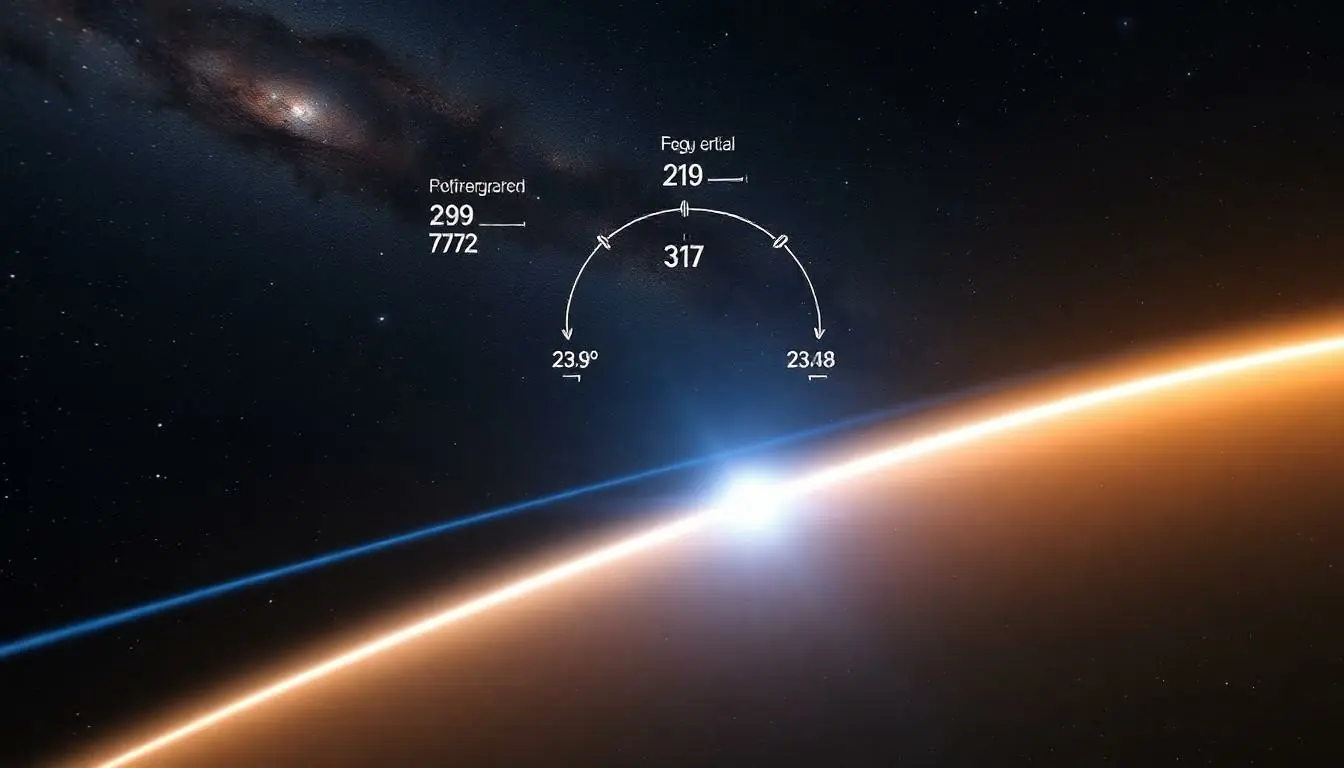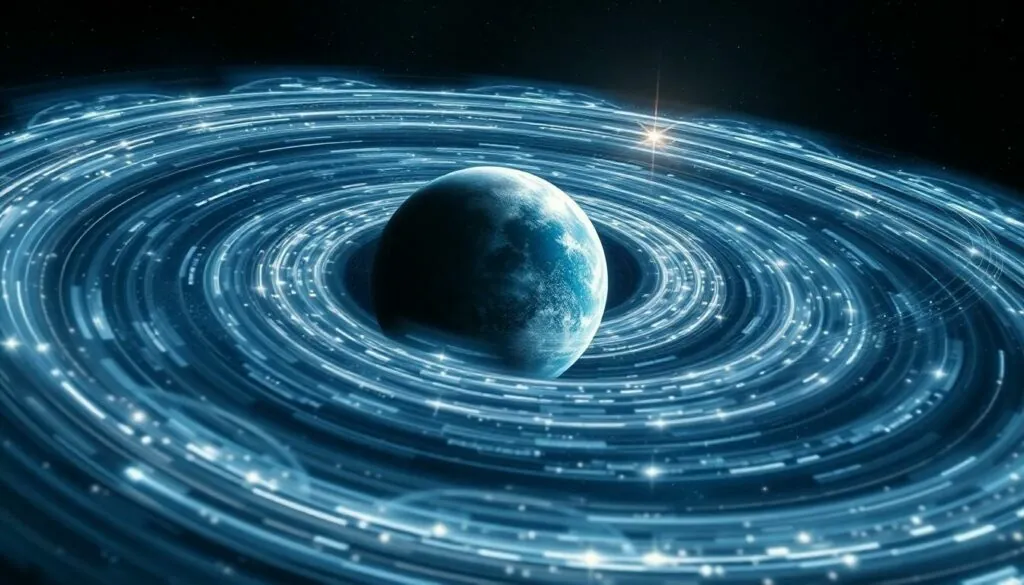Table of Contents
ToggleEver wondered if gravity has a speed limit? Picture this: you’re standing in a field, and suddenly a massive object like a planet decides to shift its weight. Does the gravitational pull from that object zoom towards you at the speed of light, or does it take its sweet time?
Understanding Gravity
Gravity is a fundamental force in the universe, governing the motion of celestial bodies and the behavior of objects on Earth. Scientists define gravity as the attraction between masses, fundamentally shaped by the presence of mass and energy in space. Objects with greater mass exert a stronger gravitational pull; for instance, the Earth’s mass anchors everything on its surface.
Massive objects, like the sun and planets, create gravitational fields. The way these fields interact affects various phenomena, including tides, orbits, and falling objects. Gravitational pull diminishes with distance; hence, the strength of gravity decreases as one moves farther from a massive object.
Light and gravity both influence the fabric of spacetime. When massive objects shift, they create ripples in spacetime, termed gravitational waves. These waves carry energy across distances; however, the nature of their propagation remains a subject of scientific inquiry.
Experimental evidence supports the notion that gravity behaves similarly to light. Observations suggest gravitational signals travel at light speed. This correlation implies that if a massive object were to suddenly change position, the resultant gravitational effect would also reach an observer at light speed.
Research continues to explore gravity’s relationship with the universe. Theories such as Einstein’s General Relativity provide a framework for understanding how gravity functions on cosmological scales. Insights from this theory will enhance knowledge of gravity’s speed and its effects across vast distances.
The Nature of Light Speed

Light speed serves as a critical constant in physics, specifically measuring how fast light waves travel in a vacuum. Commonly observed, this speed is approximately 299,792 kilometers per second (186,282 miles per second).
The Speed of Light Explained
The behavior of light demonstrates a unique characteristic: it travels at a consistent speed regardless of the observer’s movement. This invariance highlights why many consider light a benchmark for understanding other phenomena in the universe. Signals from distant stars and galaxies reach observers on Earth at this remarkable speed. Scientific experiments consistently confirm this measurement, establishing light speed as a fundamental principle in modern physics.
Relativity and Its Implications
Relativity reshapes our understanding of space and time, introducing crucial implications for gravity and light. According to Einstein, no object can exceed the speed of light, creating a cosmic speed limit that influences all forces, including gravity. This limitation suggests that gravitational changes due to massive objects occur at light speed as well. Consequently, if a star shifts unexpectedly, the gravitational impact is felt only after a delay corresponding to the distance from the observing point. Overall, relativity illustrates the interconnectedness of light and gravity, reinforcing their unified role in the fabric of spacetime.
Does Gravity Travel at the Speed of Light?
Gravity indeed travels at the speed of light, a conclusion supported by both theoretical perspectives and experimental evidence.
Theoretical Perspectives
Einstein’s general theory of relativity posits that gravity propagates through spacetime similarly to light. Changes in gravitational fields, such as a massive object’s shift, create ripples that travel outward at light speed. This concept is foundational, aligning with the established understanding that no information, force, or influence can exceed this cosmic speed limit. Additionally, the interrelationship between mass, energy, and spacetime influences gravitational effects perceived by distant observers. If a star suddenly explodes, observers located a significant distance away wouldn’t feel its gravitational influence until the wave reached them at light speed. Hence, the theoretical framework strongly supports the notion that gravity operates within the constraints set by light speed.
Experimental Evidence
Observations of gravitational waves further substantiate that gravity travels at light speed. Detectors like LIGO have confirmed the propagation of these waves, generated by cataclysmic events such as black hole mergers. In 2017, a significant event linked gravitational waves to electromagnetic signals, providing compelling proof that both phenomena arrived at Earth simultaneously. Scientists measured the speed of gravitational waves and found it matched the speed of light precisely, reinforcing the connection established through theory. Such evidence illustrates that gravitational signals prompt immediate responses in spacetime, confirming that gravity behaves like light, adhering strictly to light speed in all circumstances.
Implications of Gravity’s Speed
Understanding gravity’s travel speed reveals crucial implications for physics and our universe. Observations confirm gravitational signals move at light speed, approximately 299,792 kilometers per second. This speed affects how gravitational changes are perceived based on an observer’s distance from a massive object.
A shift in a planet’s mass generates a gravitational effect that reaches distant observers only after it travels through spacetime at light speed. Consequently, this delay impacts celestial mechanics and influences satellite communication on Earth.
Relativity asserts that no force can exceed this universal speed limit. Changes in gravity linked with massive celestial bodies propagate similarly to light, reinforcing the interconnectedness between these fundamental forces. When massive objects like black holes merge, their gravitational waves and electromagnetic signals arrive simultaneously, supporting the theory that gravity propagates at light speed.
Investigations into gravitational waves provide experimental backing for these concepts. LIGO’s detection of such waves illustrates how alterations in gravitational fields create ripples traveling through spacetime. Gravitational interactions become crucial when considering galactic structures and the expansion of the universe, emphasizing their role in cosmic evolution.
Overall, the implications of gravity’s speed challenge existing models and enhance the understanding of the universe’s inner workings. A profound relationship exists between gravity and light, reshaping perceptions of space and time as interconnected phenomena.
The exploration of gravity’s speed reveals remarkable insights into the nature of the universe. It’s clear that gravitational signals propagate at the speed of light, creating a profound connection between gravity and light. This relationship not only influences celestial mechanics but also affects technological applications on Earth.
Understanding that changes in gravitational fields travel at light speed enhances our grasp of how massive objects interact within spacetime. As research continues to advance, the implications of this knowledge will likely reshape our comprehension of fundamental forces. The interplay between gravity and light remains a cornerstone of modern physics, inviting further inquiry into the mysteries of the cosmos.





